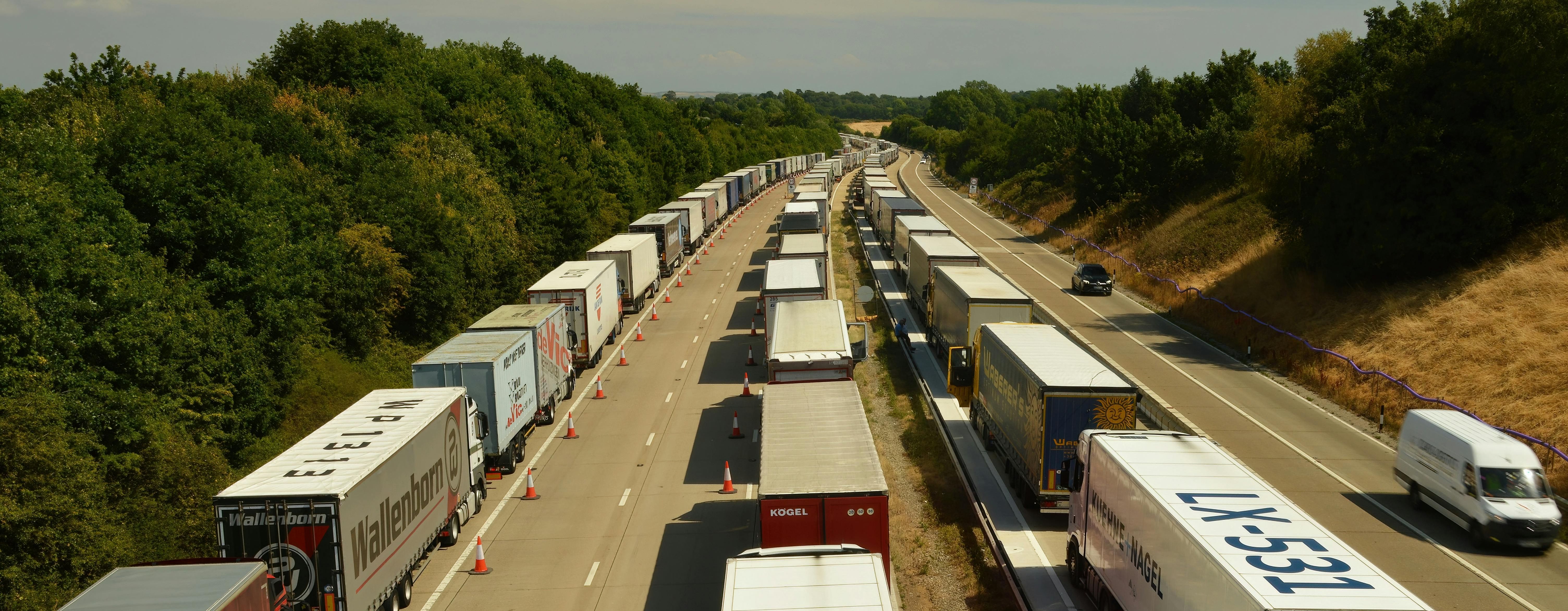In order to achieve effective decarbonisation and reduce emissions in road transport, it is essential to successfully address the key challenges of vehicle fleet electrification.
The future of mobility is linked to electrification. A transition towards a more sustainable travel model with a multitude of benefits, but which also faces significant challenges related to improving the usability and optimisation of its systems.
To accelerate the spread of electric vehicles and ensure their success among users, new technologies are positioned as key tools in this change. Many different lines of research are being carried out to improve the performance of these cars and make their use and purchase more attractive.
Among them, we can highlight three key areas on which advances in this field are focused.
- Battery autonomy
- Recharging infrastructure
- Integration of new systems
1. Increasing battery range
One of the most important areas of improvement in electric mobility is related to batteries and their range. Increasing the time that vehicles can run without having to be charged can exponentially improve their level of usability and comfort by reducing the number of recharging stops to be made. At present, the range ratio for mid-range vehicles is 200 and 350 km, but newer models can reach 600 and 750 km.
In order to progressively increase these figures and reduce the number of charges, various avenues of research are open. For example, those related to the use of batteries with higher energy density, such as those based on lithium-ion, or new developments based on metal-air, which can increase the level of autonomy by up to ten times.
In addition to focusing on new combinations of materials, work is also being done on improving the chemistry of the battery elements and the cell format, highlighting advances in LFP battery cells, which will replace the current NCA/NCM cells and provide higher capacity, lower weight and a longer life cycle.
Also worth highlighting are advances in solid-state batteries with greater stability, safety and energy density, as well as the manufacture of dry battery electrodes, which Tesla is currently researching, or batteries with dual chemistry, depending on whether short or long distances are to be covered.
2. Deployment of an optimal charging infrastructure
The second challenge facing electric mobility is related to the number and quality of available charging points. Although their number has experienced a gradual increase in recent years, this growth is not occurring at the required rate and is below the standards observed in other countries.
Taking into account ANFAC data, the number of publicly accessible charging points in our country increased by 2,420 points in the third quarter of 2023.
In this field, innovative projects are being developed, such as electric charging stations, service stations focused especially on charging electric and hybrid vehicles. Facilities that also link their electricity supply to renewable sources such as solar photovoltaics.
Improvements in infrastructure are not only a question of quantity, but also of efficiency and speed when recharging. Today, the standard waiting time would be around 4 or 8 hours in a domestic environment, but there are already ultra-fast charging infrastructures on the market that allow up to 80% of the battery's autonomy to be recovered in just 15 or 20 minutes.
Another of the most cutting-edge technologies that are being developed in this field is wireless charging. In addition to being able to charge the car just by approaching a certain charging point without the need for plugs, there is also research into dynamic wireless charging. This is based on the implementation of charging systems that would be placed under the pavement and that allow a vehicle to be recharged while moving.
3. Integration of new systems in electric vehicles
New technologies can be great allies when it comes to improving vehicle performance and the user's driving experience. These lines of research focus on achieving greater control over the design and components of the vehicle, as well as on promoting the customization of systems to adapt them to the needs of each driver.
In this first line of work related to design, the advances in current inverters stand out, for example, which allow, among other things, the configuration of vehicle performance; or the improvements in thermal management systems with which to precisely control battery cooling and thus improve charging speeds and the efficiency of the entire process.
Among the technological innovations, the new V2G (Vehicle to Grid) systems should also be highlighted. This is a bidirectional energy protocol that allows the battery of an electric vehicle to function as a mobile energy source, which can not only be charged, but also provide energy to the electrical grid if it is not being used. There are also other similar technologies such as V2H (Vehicle to Home) that allows an electric car to supply electricity to a house or building or V2L (Vehicle to Load) that can supply electricity to another electric vehicle, device or tool.
If we talk about customization and configurations adapted to the needs of each driver, AI is currently positioned as one of the major players in this field. Configuring this tool in an electric vehicle allows, among other things, planning traffic and optimizing routes to improve efficiency, as well as interacting with the vehicle itself through voice commands to open doors, regulate temperature or implement driving assistance.
As technology advances steadily, electric mobility also progresses and further strengthens its leadership as a solution to the decarbonization of transport. We just have to continue working to drive this change and make the most of the opportunities offered by this form of sustainable mobility.

.jpg)
